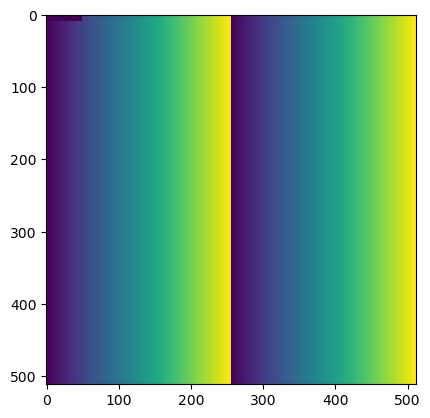This notebook is part of the PyImageJ Tutorial Series, and assumes familiarity with the ImageJ API. Dedicated tutorials for ImageJ can be found here.
9 Visualizing large images
Before we begin: how much memory is Java using right now?
import imagej
ij = imagej.init(mode='interactive')
print(f"ImageJ2 version: {ij.getVersion()}")
ImageJ2 version: 2.14.0/1.54f
from scyjava import jimport
Runtime = jimport('java.lang.Runtime')
def java_mem():
rt = Runtime.getRuntime()
mem_max = rt.maxMemory()
mem_used = rt.totalMemory() - rt.freeMemory()
return '{} of {} MB ({}%)'.format(int(mem_used)/2**20, int(mem_max/2**20), int(100*mem_used/mem_max))
java_mem()
'94.83741760253906 of 7952 MB (1%)'
Now let’s open an obnoxiously huge synthetic dataset:
big_data = ij.scifio().datasetIO().open('lotsofplanes&lengths=512,512,16,1000,10000&axes=X,Y,Channel,Z,Time.fake')
How many total samples does this image have?
import numpy as np
dims = [big_data.dimension(d) for d in range(big_data.numDimensions())]
pix = np.prod(dims)
str(pix/2**40) + " terapixels"
'38.14697265625 terapixels'
And how much did memory usage in Java increase?
java_mem()
'828.4464950561523 of 7952 MB (10%)'
Let’s visualize this beast. First, we define a function for slicing out a single plane:
def plane(image, pos):
while image.numDimensions() > 2:
image = ij.op().transform().hyperSliceView(image, image.numDimensions() - 1, pos[-1])
pos.pop()
return ij.py.from_java(ij.py.to_img(image))
ij.py.show(plane(big_data, [0, 0, 0]))

But we can do better. Let’s provide some interaction. First, a function to extract the non-planar axes as a dict:
def axes(dataset):
axes = {}
for d in range(2, dataset.numDimensions()):
axis = dataset.axis(d)
label = axis.type().getLabel()
length = dataset.dimension(d)
axes[label] = length
return axes
axes(big_data)
{'Channel': 16, 'Z': 1000, 'Time': 10000}
import matplotlib
import ipywidgets
widgets = {}
for label, length in axes(big_data).items():
label = str(label) # HINT: Convert Java string to a python string to use with ipywidgets.
widgets[label] = ipywidgets.IntSlider(description=label, max=length-1)
widgets
{'Channel': IntSlider(value=0, description='Channel', max=15),
'Z': IntSlider(value=0, description='Z', max=999),
'Time': IntSlider(value=0, description='Time', max=9999)}
def f(**kwargs):
matplotlib.pyplot.imshow(plane(big_data, list(kwargs.values())), cmap='gray')
ipywidgets.interact(f, **widgets)
<function __main__.f(**kwargs)>